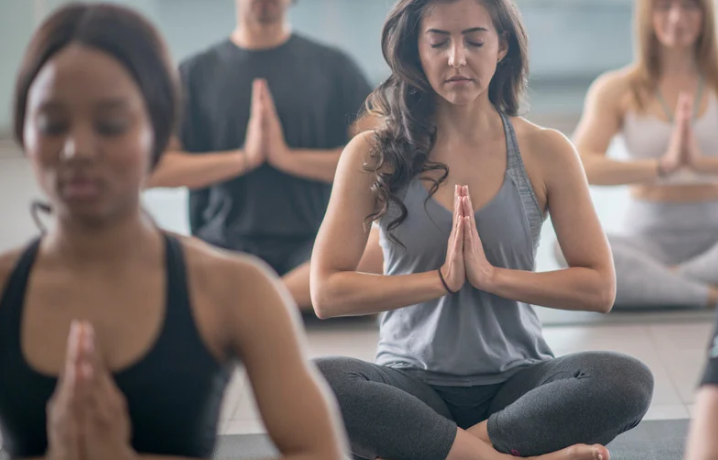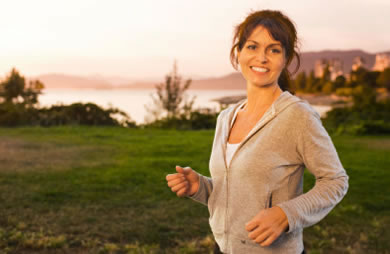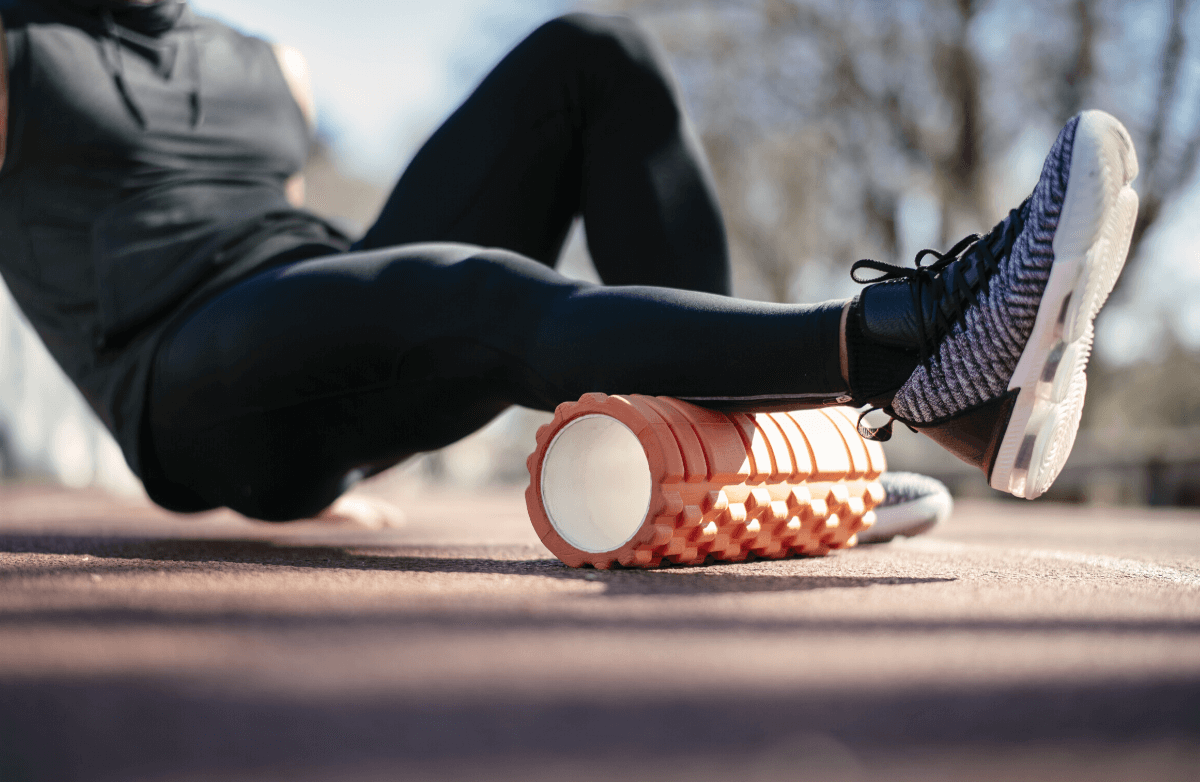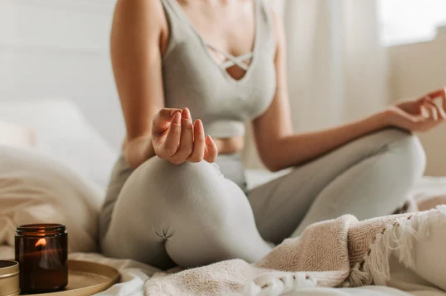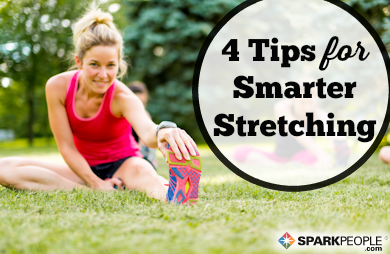If you want to stay young, stay mobile.
Forget gray hair or stale music tastes: A lack of mobility is really what ages us—and it's not just an issue for the retiree community. The U.S.
All that sitting may be why your back hurts, too. According to the National Institutes of Health, almost 80 percent of American adults experience low back pain, and one of the major risk factors for this pain is "getting older," specifically around the age of 40. It's not just aging itself, but rather how your body moves and functions to blame. If you've been sitting day after day at a desk, your hips can become less mobile, which pulls on your low back. If you lose mobility in your mid-back, your lower back compensates and twists instead.
What can you do? If you're experiencing real, uninterrupted back pain, see a doctor. But if you've got occasional
1. Start your morning with a big overhead stretch.
In addition to lack of hip mobility, many of us lack shoulder mobility, says Frank Nash, owner of Stronger Personal Training.
"We just don't get our arms over our head ever, and that leads to neck pain, lower back pain—everyone's so stiff up top," he says. The solution: Get those hands over your head!
"First thing in the morning, get your hands up behind your head, and [lean back] into a big moon," he recommends.
2. Take 10 big breaths that move your rib cage.
You may not think of breathing as a mobility exercise, but it can—and should—be, says Dana Santas, a mobility and breathing coach who works with NBA, NHL and MLB teams, as well as the WWE.
If your ribs aren't mobile, she says, you'll breathe vertically—heaving through your chest and shoulders as if you're perpetually out of breath. This can cause stress and limit the effectiveness of each breath.
To train your ribs to move horizontally, Santas suggests trying this
With your butt suspended in the air, place your hands on either side of your rib cage. Breathe in and out, feeling your rib cage expand to the sides as you breathe. Go for 10 breaths this way.
3. To combat all your sitting, have a seat.
But not in a chair. Spend some time each day in a deep squat position with your heels on the ground, says Mike Perry, owner of Skill of Strength, a performance-based training facility.
Hanging out in the lowest position your range of motion will allow is beneficial for increasing ankle mobility, improving posture and stronger hips.
You may have trouble holding this position with your heels on the ground at first. If so, Perry says, use a doorknob for assistance. "Hold onto a doorknob on each side of a door, and then drop into a squat," he says. "You're not necessarily owning the [pose], but you're still taking those joints through a full range of motion."
If you have a lower back disc herniation, this may not be for you, but for a healthy individual, "a goal would be two minutes straight. Work up to that with multiple sets of 15 to 20 seconds."
4. Grab a towel to stretch your hips and shoulders together.
The hips and shoulders often pay the price for our sedentary lifestyles, says Jeremy Frisch, owner of Achieve Performance Training, so why not stretch them together?
When you're in this position, you'll be pulling the towel out to the sides while sitting down low in the lunge position. Hold it for a few seconds, then switch sides.
This hard-working move delivers
5. Don't forget to stretch your groin, too.
The groin is another area that gets tight from sitting so much, says Mark Cinelli, a personal trainer at
Give those muscles some love, Cinelli says, and you'll feel better. Any groin stretch will do: a seated butterfly stretch, a frog stretch—any maneuver that makes you feel a gentle stretch there can help.
6. And finally: Combat aging by acting like a baby.
No, don't demand all your food be delivered pureed on an airplane-shaped spoon. Just crawl.
"I was a skeptic of crawling, but when I started to do [it], my mind was blown," says Mike Whitfield, a trainer, weight loss coach and author of "Rise and Hustle." "I had aches and pains in my knees and ankles from playing so much basketball, and within 10 days [of crawling], they started to disappear. My mobility has improved, too."
Crawling patterns, on hands and knees or a "bear crawl" on hands and feet, are some of the easiest exercises you can do—and you already know how to do them, so there's no learning curve. Whitfield says that besides the mobility benefits, they also provide a great "bang for your buck" since you're using your arms and legs simultaneously.
"Combine baby crawling and leopard [or bear] crawling when you first start and aim for 50 yards per day," he says. "Keep your hips low and
Stretching is one of the easiest, most relaxing ways we can take care of our future selves, yet many people neglect it or fail to make time for it during regular workouts. Add these quick moves into your routine starting today, though, and we promise that Future You will send a thank you note.




